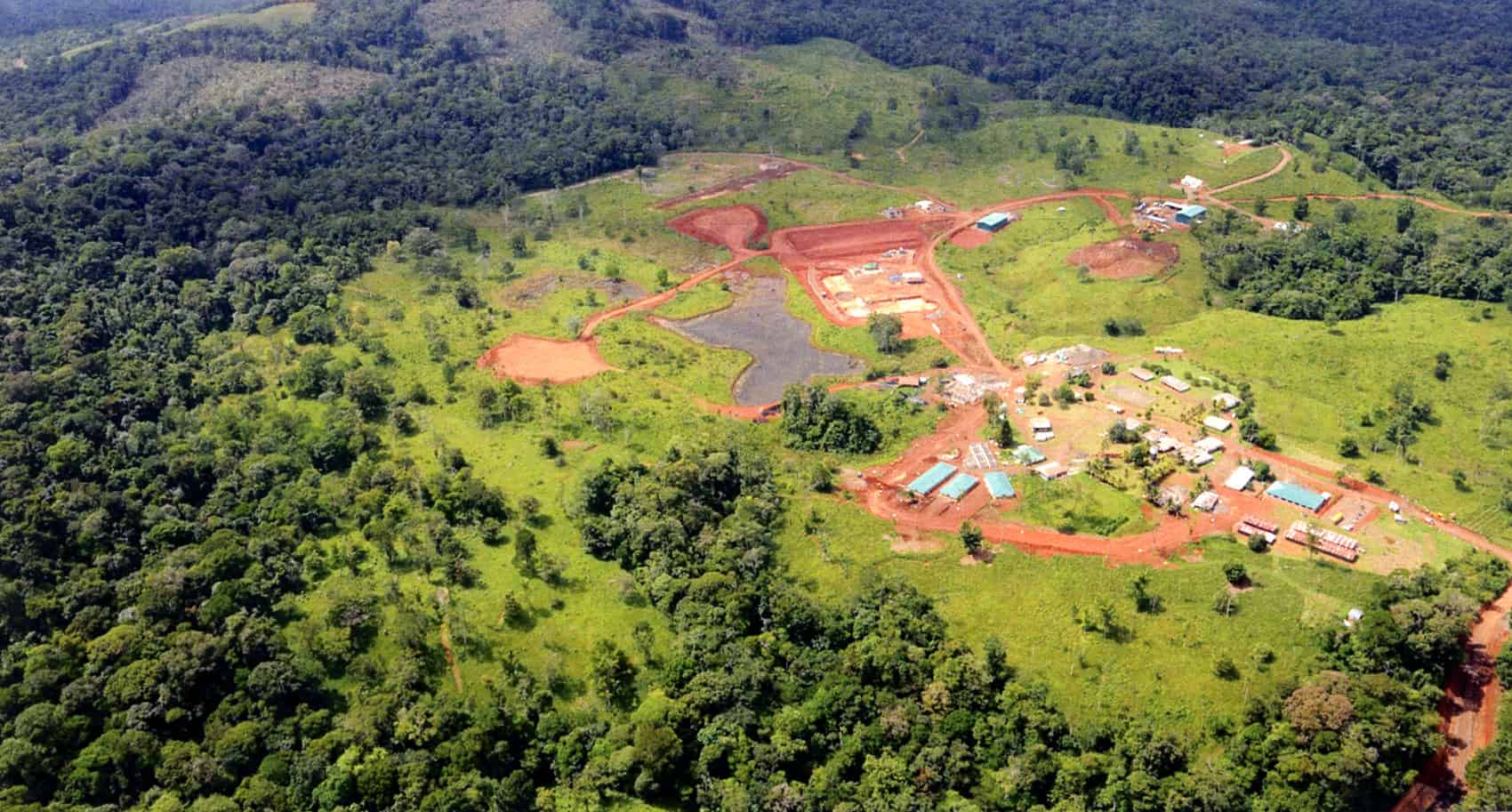The Costa Rican government announced a proposal to exploit open-pit gold mining in Crucitas, San Carlos. The proposal is based on an “upward auction” process, starting from a minimum rate per ounce of gold, to maximize economic returns for the country. According to the Association of Geologists, gold from the site would be worth between $2.6 billion and $3 billion.
However, environmental organizations announced their total opposition and plans to block the proposal. They pointed out that forests, water, biodiversity, and environmental services are priceless, and they are willing to put up a fight to protect them.
“I call on the deputies to maintain the coherence of being a country that has chosen an image and model of sustainable development, where extraction has no place. To allow the Crucitas mine is to return to the time of the caves, especially when we are all clear that the true wealth of a country is not its gold or oil, but its biological diversity,” said Fabián Pacheco of the Ecologist Movement.
Edgardo Araya, an environmental lawyer who overturned mining in court in 2010 and who opposes the current government proposal, said that mining can never be a sustainable activity.
“As in all extractive activities, unsustainable by definition, mining will be profitable as long as ‘others’ pay the social and environmental costs of gold extraction. If the mining company were required to leave things as they were before extraction and assume all the social and environmental costs, that $3 billion wouldn’t even be enough to start,” he said.
Environmentalists point out that it is perfectly possible to develop the Cutris area in San Carlos, where the mine is located, without generating more damage than already exists.
“There are various action plans that can be implemented. There are very concrete proposals that were discussed in previous governments to remedy the situation in Crucitas, to develop the area through productive chains, generating local development and caring for nature,” commented Henry Picado of FECON.
Environmental defenders insist that the first step should be to establish a command center in the area to serve as the hub of security operations in the entire Tablillas-Crucitas corridor, as well as to initiate the cleanup process ordered by the Constitutional Court for the removal of mercury.
Afterward, they propose developing rural community tourism and experience projects with the community and the ICT, using the farm for courses and research, and for the future creation of the Center for Research and Development in Sustainable Production, as well as the planting and commercialization of ipecac raicilla.






